Tendonitis & Bursitis: A Reader-Friendly Guide to Understanding & Healing 💪✨
In this guide, we break down tendonitis and bursitis into simple sections—covering symptoms, causes, natural remedies, and the chiropractic connection. Let’s dive in! 🏊♂️
What Are Tendonitis and Bursitis? 🤔
- Tendonitis is the inflammation of tendons. It typically causes:
- Pain: Acute or chronic discomfort during movement. 🔥
- Weakness: Often associated with noticeable muscle weakness in the affected area. 🏋️♀️
- Bursitis involves inflammation of the bursae (the cushioning sacs around your joints), leading to:
- Pain: Deep, aching discomfort during movement. 😖
- Strength: Typically does not result in muscle weakness. 💪
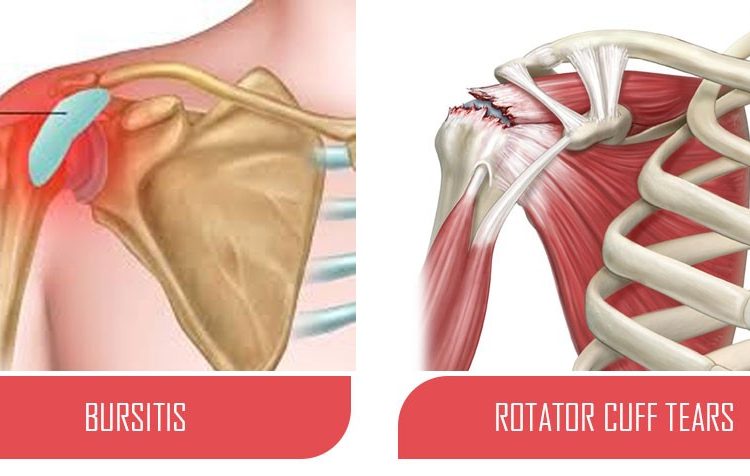
Causes & Common Locations 📍
Both conditions can result from overuse, trauma, or simply aging. However, they affect different parts of your body:
Tendonitis (Inflammation of Tendons)
- Biceps Tendinitis:
- Location: The long head of the biceps tendon in the shoulder.
- Causes: Repetitive overhead movements like lifting or throwing. 🏋️♂️
- Symptoms: Pain in the front of the shoulder, especially when lifting or reaching, sometimes with a clicking sensation. 👎
- Elbow Tendinitis (Tennis Elbow/Golfer’s Elbow):
- Location: Tendons around the lateral (outside) or medial (inside) epicondyle of the elbow.
- Causes: Repetitive gripping, twisting, or lifting. 🤲
- Symptoms: Pain when gripping or twisting along with forearm weakness. 🤕
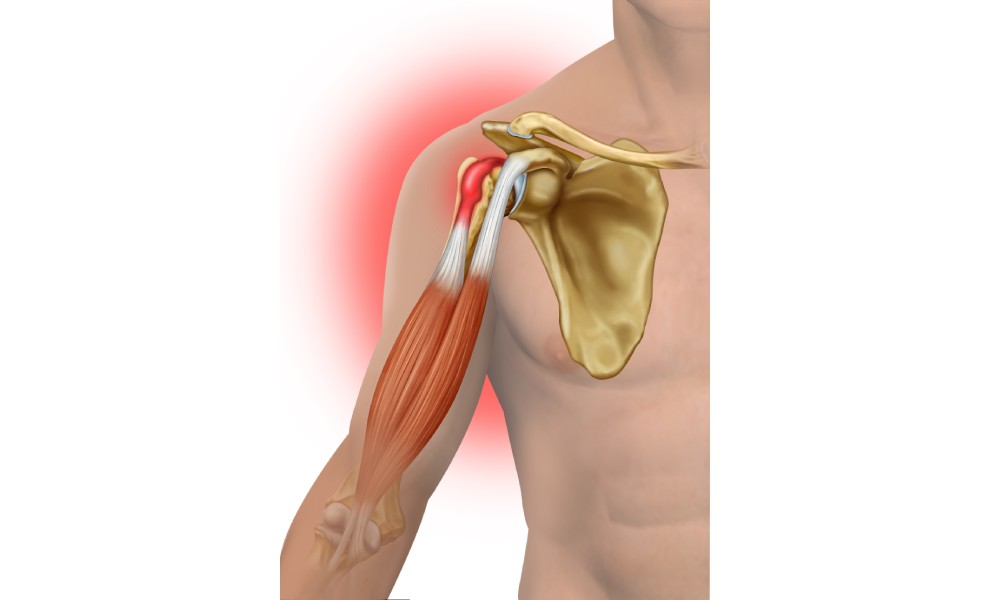
Bursitis (Inflammation of Bursae)
- Shoulder Bursitis (Subacromial Bursitis):
- Location: Under the acromion (bony part of the shoulder).
- Causes: Repetitive shoulder movements. 🔁
- Symptoms: Pain when raising your arm, tenderness, and mild swelling. 😣
- Hip Bursitis (Trochanteric Bursitis):
- Location: Outer side of the hip.
- Causes: Repetitive movement or prolonged pressure (for example, lying on one side). 🚶♀️
- Symptoms: Pain on the outer hip, which can worsen when walking or climbing stairs. 🏃♂️
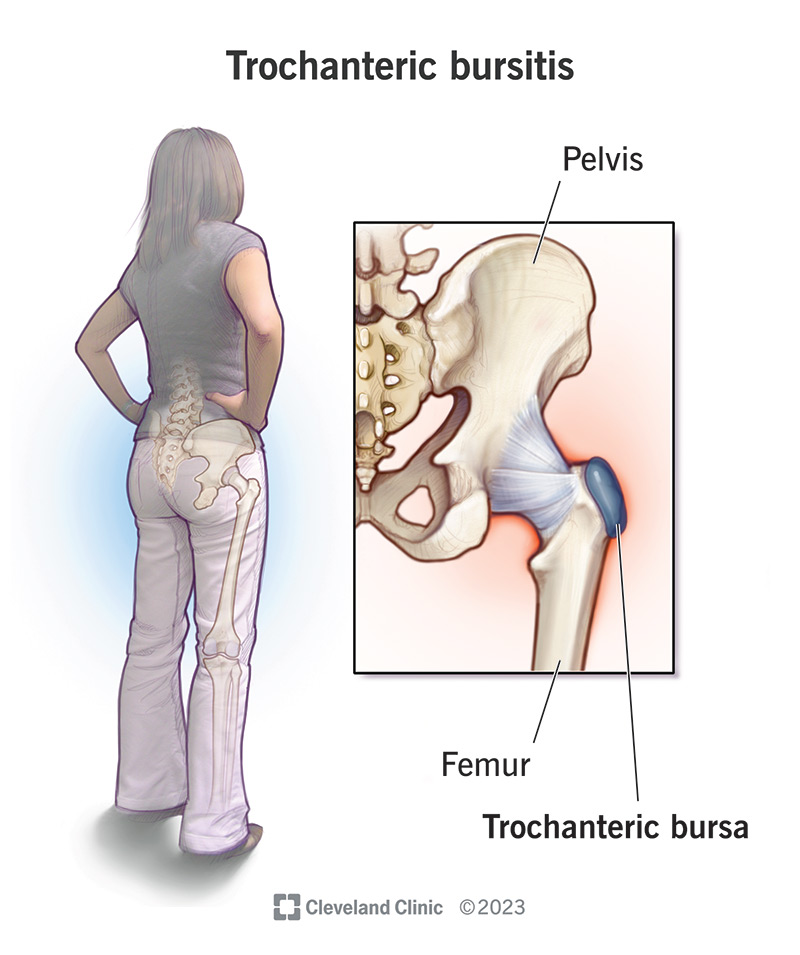
Natural Approaches to Healing 🌱
When to Seek Medical Help 🔔
- Acute Phase:
- If you experience sudden, intense pain with a loss of movement, seek immediate medical care. 🚑
- Persistent Pain:
- If pain continues for two weeks even without movement loss, it’s a good time to consult your healthcare provider. 🩺
Treatment Steps
- Acute Phase (First 24 to 48 Hours):
- Ice Therapy:
- Apply ice on the affected area to reduce inflammation and alleviate pain. ❄️
- Ice Therapy:
- Recovery Phase (After 48 Hours):
- Therapeutic Modalities:
Consider using techniques such as:- Transcutaneous Electrical Nerve Stimulation (TENS) ⚡
- Pulsed Electromagnetic Field Therapy (PEMF) 📡
- Ultrasound Therapy 📻
- Therapeutic Modalities:
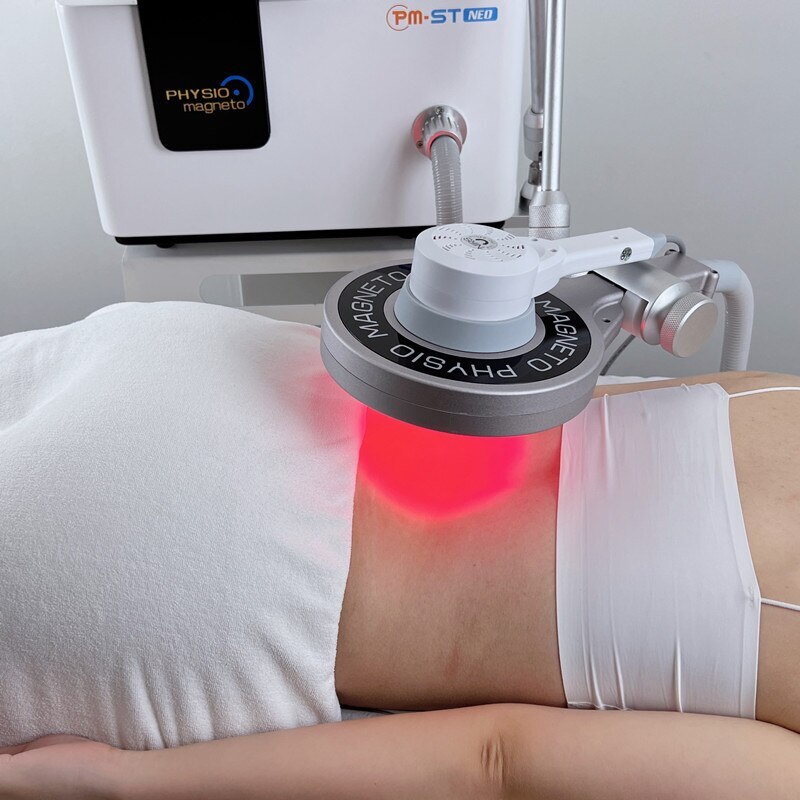
Nutritional & Herbal Remedies 🍊🌿
- Vitamin C:
- Crucial for repairing injured tendons and bursae. 🍊
- Bromelain:
- A natural enzyme that reduces tissue inflammation and edema, potentially shortening recovery time by half. 🍍
- Curcumin:
- The active ingredient in turmeric, known for its potent anti-inflammatory properties. ✨
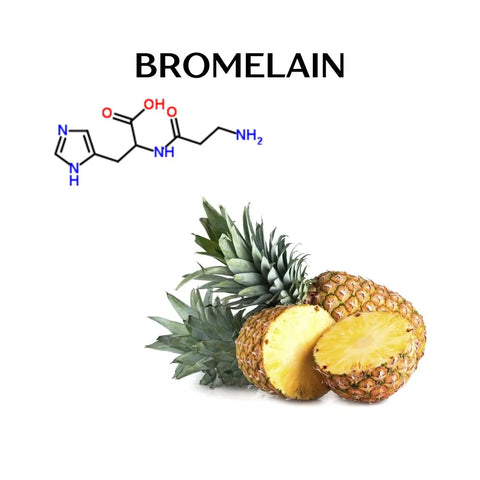
The Chiropractic Connection 🌀
- Structural Balance:
- Misalignments in your spine can alter body mechanics, stretching tendons or putting pressure on bursae. ⚖️
- Nervous System Health:
- A well-aligned spine helps your nervous system effectively monitor injuries.
- Chiropractic adjustments can reduce spinal stress, ensuring your body’s natural healing responses work efficiently. 🤸♂️
Summary 📖
Understanding the differences between tendonitis and bursitis is key to effective management. By:
- Identifying symptoms early 👀,
- Following natural healing strategies during both the acute and recovery phases 🌱, and
- Integrating chiropractic care to restore structural balance 🏋️♂️,
…you can take proactive steps toward recovery and long-term musculoskeletal health.
Thank you for reading our guide. Stay tuned for our next edition, where we’ll explore personalized exercise routines and additional nutritional tips for optimal joint health. 🔄
With health and balance
